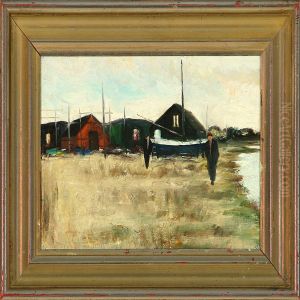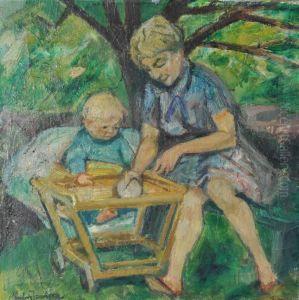Carl Ludwig Jacobsen Paintings
Carl Ludwig Jacobsen is not widely recognized as an artist in the traditional sense but rather for his contribution to the arts through his patronage and his establishment of one of the most significant cultural landmarks in Denmark, the Ny Carlsberg Glyptotek in Copenhagen.
Carl Jacobsen was born on March 2, 1842, in Copenhagen, Denmark, into a wealthy brewing family. He was the son of J.C. Jacobsen, the founder of the Carlsberg Brewery. Unlike many scions of industrial magnates of the era, Carl did not confine his interests to the family business alone. He was deeply captivated by the arts and culture and became an avid collector of art.
Despite his significant interest in art, he is not known for producing artworks himself. Instead, his legacy lies in his immense contribution to the art world through his patronage. He was particularly interested in the classical arts, which influenced his decision to create the Glyptotek. His vision was to build a museum that not only showcased his personal collection but also served as a cultural institution for the public.
Throughout his life, Carl Jacobsen supported the arts by commissioning and purchasing works, many of which would form part of the Glyptotek's collection. His passion for sculpture is reflected in the museum's extensive collection of ancient and modern works. The Glyptotek houses a mix of art, with a focus on antique sculpture, post-impressionist paintings, and Danish art, making it one of Denmark's most important art museums.
Carl Jacobsen's dedication to the arts was not just limited to his museum. He also contributed to the beautification of Copenhagen by donating statues and fountains to the city, including the famous Little Mermaid statue, which has become an iconic symbol of the city.
Jacobsen passed away on January 11, 1914, leaving behind a legacy that has had a lasting impact on the cultural landscape of Denmark. The Ny Carlsberg Glyptotek remains a testament to his vision and generosity and continues to be a cherished institution for both art connoisseurs and the general public.

